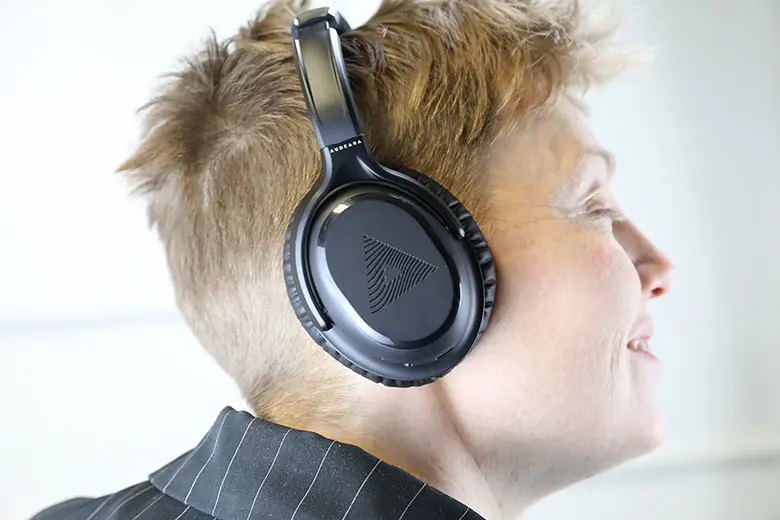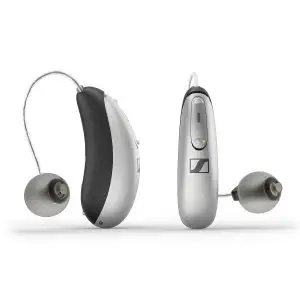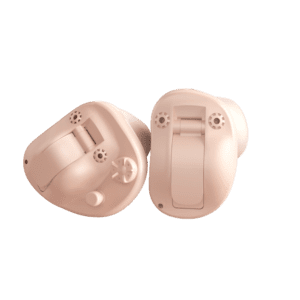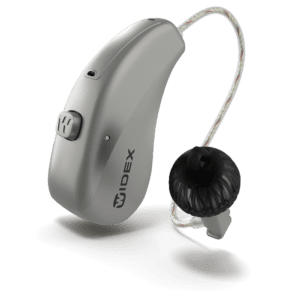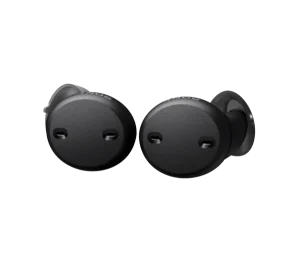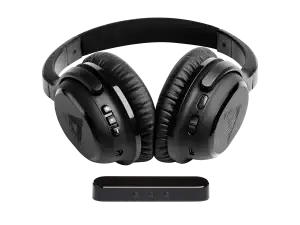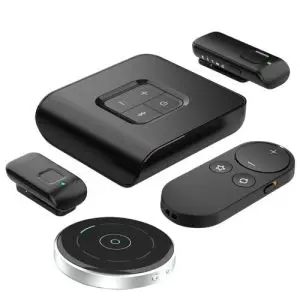Have you ever wondered how music mixing affects our perception of songs? Well, a recent study dived into the world of mixing preferences, and the results are quite intriguing. Let’s break down the science!
The study titled “Exploring level- and spectrum-based music mixing transforms for hearing-impaired listeners” by Joseph Benjamin and Kia Siedenburg explored the paradigms of music mixing preferences for those with and without hearing loss.
The Groovy Experiment: Mixing Music for Different Ears
Imagine you’re at a concert, and the sound engineer is adjusting the levels of vocals and instruments to create the perfect blend of music. That’s called mixing, and it’s crucial for making songs sound good. But did you know that people with hearing impairments might have different preferences when it comes to mixing? That’s what this study aimed to uncover.
Mixing Magic: What’s the Deal?
Mixing is like cooking. You have various ingredients (tracks) that need to be combined just right to make a delicious dish (song). In the music world, mixing involves tweaking things like vocal levels, instrument balance, and even the frequency balance (how bright or deep the music sounds). But here’s the twist: People with hearing impairments might experience music differently, and that’s where the experiment comes in.
Meet the Players: NH and HI Listeners
The researchers gathered two groups of music lovers: those with normal hearing (NH) and those with hearing impairments (HI). Some of the HI folks wore hearing aids (HAs), while others didn’t. The goal? To find out how these different groups preferred their music mixes.
Experiment 1: A Peek into Hearing Loss and Music Mixing Preferences
In the first experiment, they played different versions of songs to these music enthusiasts. Some versions had louder vocals, some had more balanced frequencies, and some had a unique EQ (equalization) transformation. They found that both HI groups preferred the lead vocals to be louder than NH participants did. Imagine being at a concert and wanting the singer’s voice to stand out even more—that’s what they liked!
Experiment 2: The HA Twist
For the second experiment, they focused on the HI listeners who wore hearing aids. They compared their preferences when wearing HAs and when not wearing them. Surprisingly, they found that wearing HAs reduced the preference for louder vocals and changed the balance of frequencies in the music.
What Does it All Mean?
These findings suggest that people with hearing impairments might have different musical tastes when it comes to mixing. Cranking up the vocals a bit could potentially enhance their enjoyment of songs. And when it comes to the sound frequencies, it’s like choosing between bright and deep colors—some might prefer brighter, more vibrant sounds.
A Solution for those with Impaired Hearing…?
Luckily there are some options for altering music mixing to suit your preferences if you have hearing loss! We personally love the Audeara A-01 Headphones as they are customizable and made with those with hearing impairment in mind.
What sets Audeara headphones apart is their focus on providing users with customized sound profiles based on their individual hearing capabilities. Audeara headphones are equipped with technology that allows them to assess your hearing sensitivity in each ear. This is done through a hearing test that you take when you first set up the headphones. The headphones then create a personalized sound profile for you based on the results of this test. This profile takes into account any hearing deficiencies or variations you might have, and it adjusts the audio output to suit your unique hearing needs.
Audeara headphones continuously adjust the audio output in real-time based on your personalized profile. This means that the headphones adapt the sound to compensate for any deficiencies in your hearing. For instance, if you have difficulty hearing certain frequencies, the headphones will boost those frequencies to make sure you can hear them clearly.
The Takeaway: Music for All Ears
So, what’s the bottom line? Music mixing isn’t just about technical stuff; it’s about how we experience and enjoy songs. The experiment showed that understanding the mixing preferences of people with hearing impairments can help make music more enjoyable for everyone.
Imagine going to a concert in the future where the mixing is tailored to what you like—whether you’re a normal-hearing listener or someone with a hearing impairment. That’s the power of research and understanding how we all hear and feel music differently!
Remember, music is a universal language, and it’s all about making sure everyone gets to groove to the beat. So, next time you’re singing along to your favorite song, give a nod to the mixing engineers who make sure it sounds just right for your ears!

